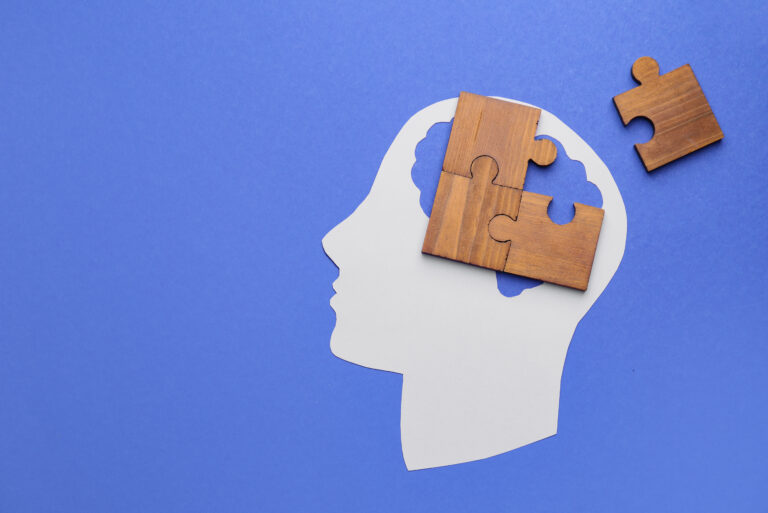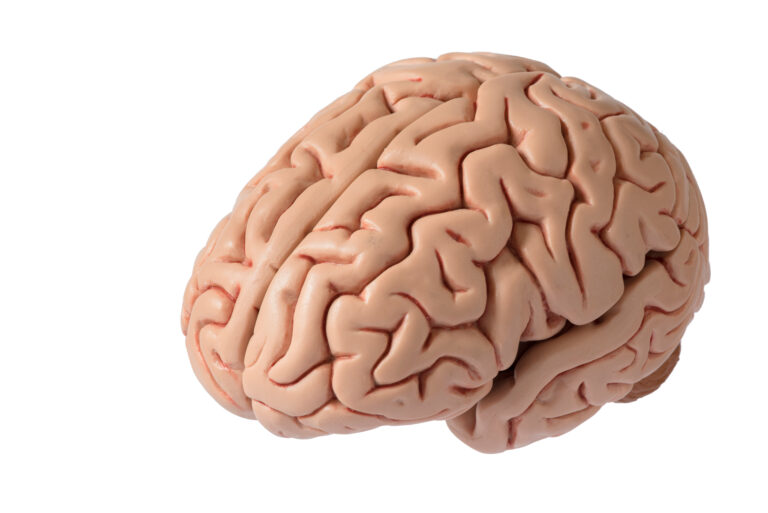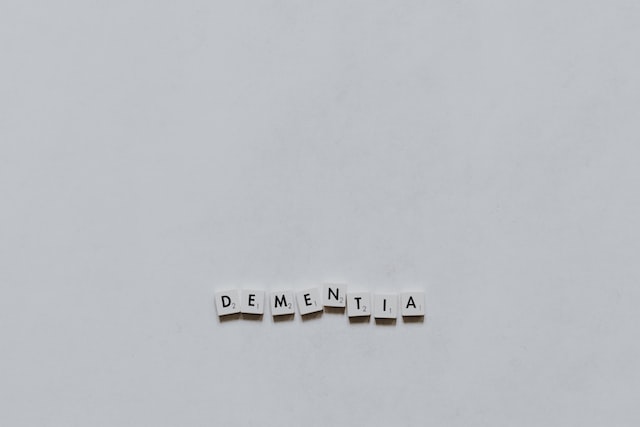Imagine being in a dark room, alone and suddenly seeing a shadow moving in the corner of your eye. You turn to look, but there’s nothing there. Many of us have experienced this type of hallucination at some point in our lives. However, for some individuals, this experience is not just an occasional occurrence, but a daily reality. People with certain psychiatric disorders, neurological conditions, and even certain medications can see things that aren’t there. This phenomenon, known as visual hallucinations, can be both confusing and frightening for the person experiencing it. In this article, we will explore why some patients see things that aren’t there.
What are visual hallucinations?
Visual hallucinations are defined as seeing things that are not actually present in the external environment. They can range from simple flashes of light to complex and vivid images. These hallucinations can be static or moving, colorful or black and white, and can appear in any shape or form.
The most common type of visual hallucinations are called simple or elementary hallucinations. These include seeing spots, flashes of light, or geometric shapes. On the other hand, complex or formed hallucinations involve seeing more elaborate and detailed images such as animals, people, or objects.
What causes visual hallucinations?
There are several underlying factors that can cause a person to experience visual hallucinations. These include psychiatric disorders, neurological conditions, and certain medications.
Psychiatric disorders such as schizophrenia, bipolar disorder, and depression have been associated with visual hallucinations. In these cases, the hallucinations are often a manifestation of the person’s underlying mental health condition.
Neurological conditions that affect the brain’s ability to process visual information can also lead to visual hallucinations. These conditions include Parkinson’s disease, dementia with Lewy bodies, and Charles Bonnet syndrome, which is a condition that specifically causes visual hallucinations in individuals with vision loss.
Certain medications, particularly those used to treat psychiatric disorders, can also cause visual hallucinations as a side effect. These medications include antidepressants, antipsychotics, and some anti-seizure medications.
Additionally, stress, sleep deprivation, and substance abuse have also been linked to visual hallucinations. These factors can disrupt the brain’s normal functioning and lead to hallucinations.
What goes on in the brain during a visual hallucination?
To understand why some patients see things that aren’t there, it’s important to know what happens in the brain during a visual hallucination. The brain is responsible for processing and interpreting visual information received from the eyes. It does this through a complex network of neuronal connections and chemical messengers.
In individuals with a psychiatric disorder or a neurological condition, these brain processes can be disrupted, leading to misinterpretation of visual stimuli. This means that the brain may perceive something as real that is actually not there.
In cases where medication is the cause of visual hallucinations, the drug may directly affect the brain’s neurotransmitters, leading to changes in perception and resulting in hallucinations.
Why do some people experience visual hallucinations more than others?
The likelihood of experiencing visual hallucinations varies from person to person. Some individuals may be more prone to them due to their genetic makeup or underlying medical conditions. Others may experience them as a result of certain medications or environmental factors.
It’s also important to note that not everyone who experiences visual hallucinations has a psychiatric or neurological condition. In fact, research shows that about 10% of the general population has experienced at least one visual hallucination in their lifetime. These hallucinations are usually brief and do not cause significant distress or impairment.
How are visual hallucinations treated?
Treatment for visual hallucinations depends on the underlying cause. In cases where the hallucinations are a result of a psychiatric disorder, treating the underlying condition with therapy and/or medication can help reduce or eliminate the hallucinations.
In cases where medication is the cause, a change in medication or adjustment of dosage may be necessary. For individuals with neurological conditions, treatment may involve managing the symptoms of the condition to reduce the frequency and intensity of hallucinations.
In some cases, therapy and support groups can also be helpful in managing visual hallucinations and providing coping strategies for dealing with them.
In conclusion, visual hallucinations are a complex phenomenon that can be caused by various factors. For some individuals, these hallucinations may be a part of their daily reality, while for others, they may be an occasional occurrence. Understanding the underlying causes and seeking appropriate treatment can help manage and reduce the frequency of visual hallucinations. If you or someone you know is experiencing visual hallucinations, it’s essential to consult a healthcare professional for proper evaluation and treatment.





